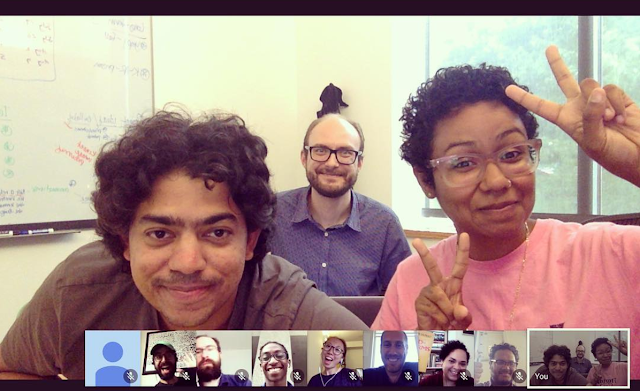Week 1 (Models and Education): Preface and Intro
“Anything is easy if you can assimilate it to your collection of models.
If you can’t, anything can be painfully difficult.”
If you can’t, anything can be painfully difficult.”
Things to think about:
- Papert uses gears as an example of an ‘object to think with’. Can you think of a childhood toy or object that changed the way you think? What makes something an ‘object to think with’? How can we build new toys, objects, and tools to think with?
- How does Papert’s view of education differ from conventional models of learning?
- Writing in 1980, Papert talks about using computers as the ‘seeds of cultural change’. What kinds of cultural change does he have in mind, and how far along are we?
- Papert introduces ‘Mathland’, a metaphor he returns to throughout the book. Can we imagine building tools to help us live in Mathland, and to ‘learn without being taught’? What might these look like?
Cool resources:
Issac Morehouse being interviewed and talking about how higher education needs to change to survive
Really great op-ed article shared by Rosa's mentor
Responses/Links:
Patrick
- I never had an object like the gears when I was growing up. I am not sure how to create such an object.
- Papert wants the students to program the computer, be an active learner; often students passively consume content suggested by the computer
- The seeds of change are ideas that take hold in a student's mind through the use of the computer. These seeds are constructed through learning without being taught. Students need a certain amount of autonomy for these seeds to be created. We are not close to this; it seems like many computers are used as a transmission media for predetermined content as opposed to an open-ended tool to be used by students in ways that appeal to them.
- What can be done to build things besides Mathland? We are supposed to portray the importance of programming because computers are all around us doing a variety of things. So shouldn't we have a Poetryland, or Musicland that can immerse students in other subjects through programming a computer? As for tools, wouldn't something like the macro system for the Racket language be ideal? Racket says it is a programming language to make programming languages. I see that as being a programming language to make Mathland, or Poetryland, or Musicland, etc.
Elizabeth
- As a child I had clay that came in 3 colors, I religiously kept them pure but used them in combination to recreate the tools I saw my parents use as well as invent new places, buildings and people for fantasty play



Comments
Post a Comment